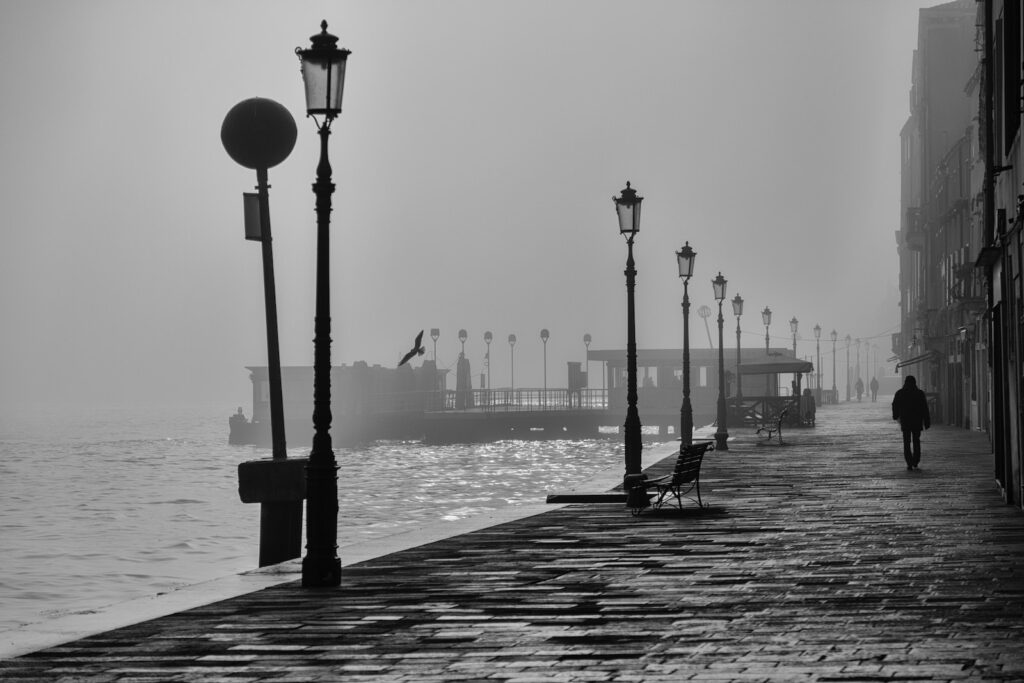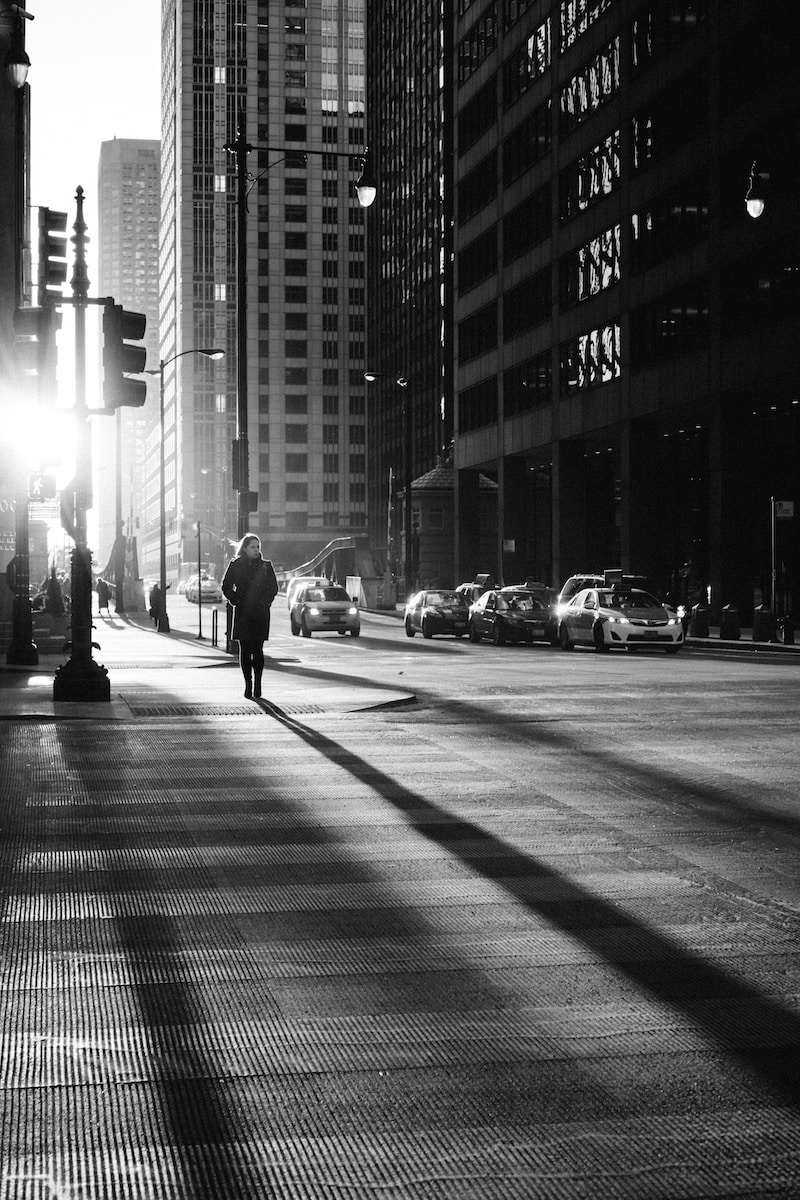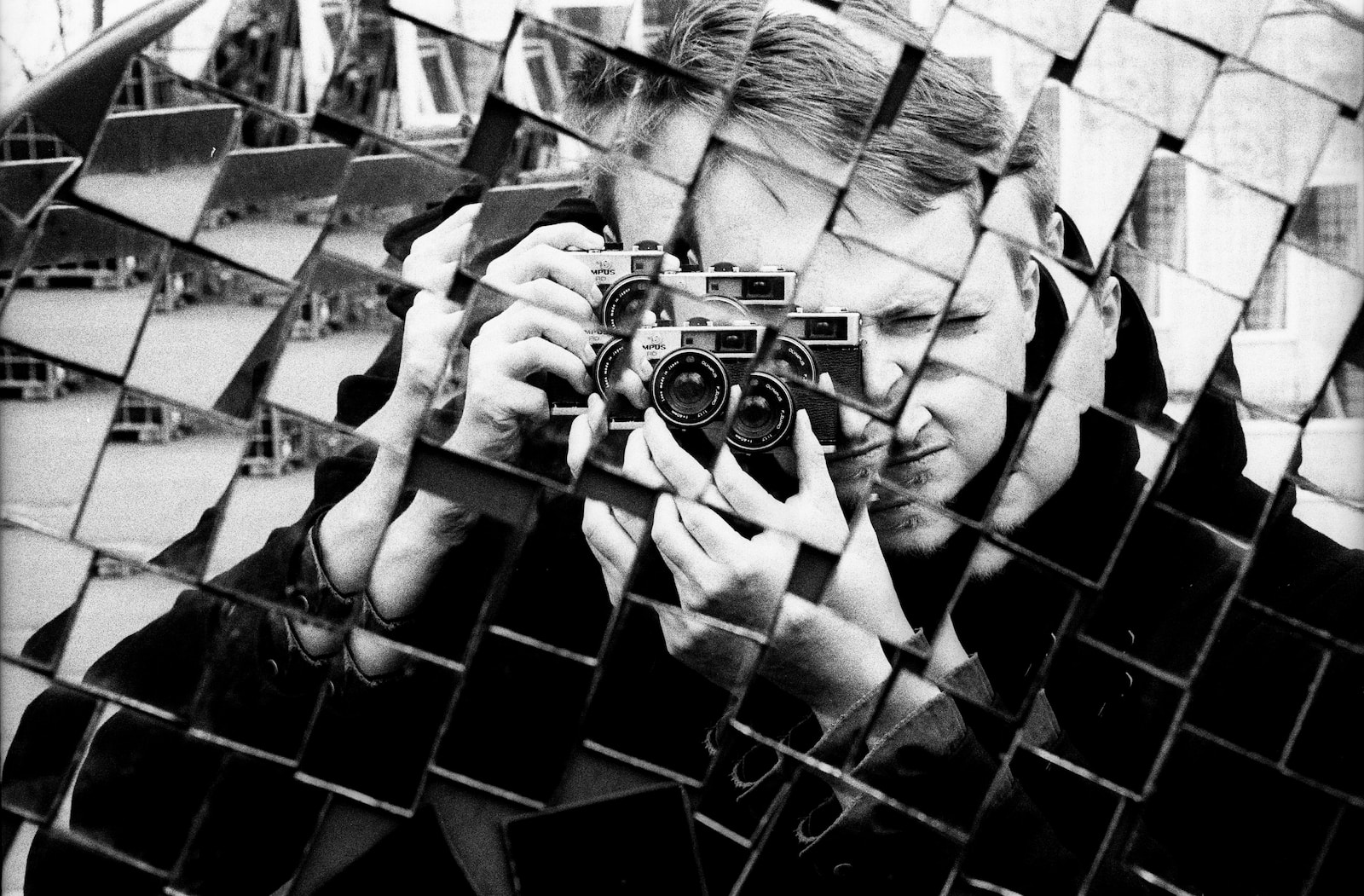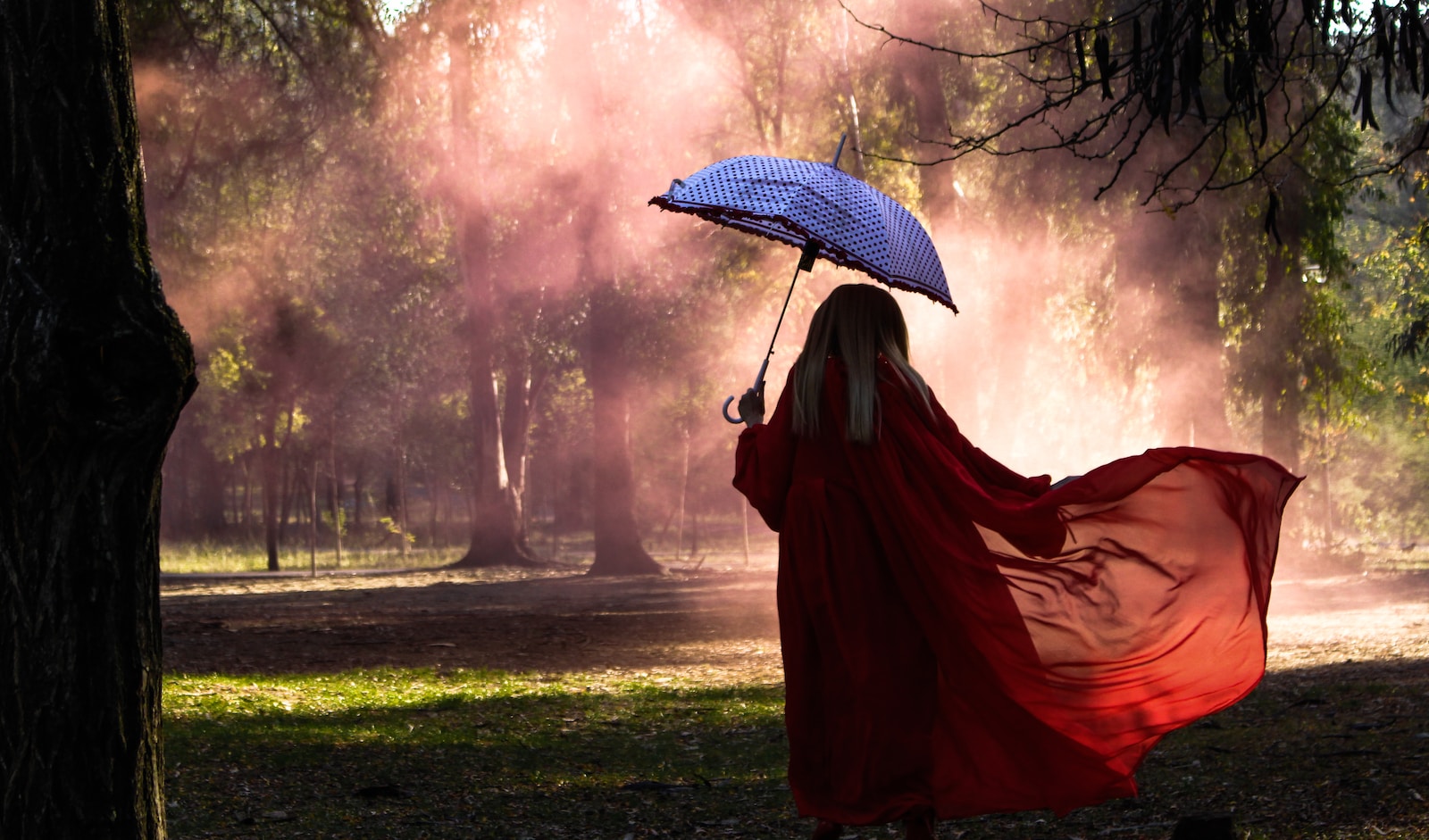Welcome to my blog on Black and White Photography: A Timeless Art. Discover the techniques and aesthetic considerations that make black and white photography a unique and enduring form of expression. From composition tips to showcasing the influence of monochrome, join me on a journey that celebrates this captivating art form.
Table of Contents
The Beauty of Monochrome
Black and white photography, also known as monochrome, has the power to transcend time, capturing the essence of a moment in a way that color cannot. The absence of color allows us to focus on the textures, contrast, and emotions within an image. By stripping away distractions, black and white photography reveals a raw and unfiltered perspective.
The Impact of Composition
Composition plays a crucial role in black and white photography, as it can make or break the overall aesthetic appeal of an image. Paying attention to lines, shapes, patterns, and tonal contrast enables photographers to create visually striking compositions. Understanding the balance between light and shadow, and knowing how to frame subjects effectively, leads to powerful and engaging black and white photographs.
Dynamic Range and Tonal Contrast
Black and white photography allows for a wide range of tonal contrast, bringing out the details and enhancing the overall impact of the image. Exploring the interplay between highlights, midtones, and shadows opens up a world of creative possibilities. By judiciously manipulating the dynamic range, photographers can create images that evoke strong emotions and captivate the viewer’s attention.
The Appeal of Minimalism
Black and white photography often embraces minimalistic aesthetics, focusing on simplicity and reducing elements to their essence. By removing color distractions, the emphasis shifts towards shapes, textures, and negative space. This minimalist approach enhances the visual impact, drawing the viewer’s attention to the subject matter and evoking a sense of elegance and timelessness.
Expression through Shadows
Shadows can be a powerful tool in black and white photography, adding depth and dimension to an image. Skillfully incorporating shadows into the composition can create a sense of mystery, drama, and intrigue. By carefully manipulating the interplay of light and shadow, photographers can evoke strong emotions and tell compelling visual stories.
Did you know that black and white photography has a rich history dating back to the early 19th century? It continues to captivate audiences and is considered a timeless art form.
Pushing the Boundaries of Black and White
While traditional black and white photography remains a timeless favorite, contemporary photographers are pushing the boundaries and experimenting with new techniques. From adding selective color accents to incorporating digital editing processes, these innovative approaches breathe fresh life into monochromatic images while still preserving the essence and charm of this classic form of photography.
The Emotional Impact
Black and white photography has a unique ability to evoke emotions and create a sense of nostalgia. By removing the distraction of color, the viewer is left to focus solely on the subject and the emotions it elicits. The absence of color can intensify the mood, adding a level of gravitas, poignancy, or even a sense of timelessness to the image, making it a powerful storytelling medium.
Black and White Street Photography
Street photography and black and white imagery go hand in hand. The stark contrast and inherent drama of monochrome photographs lend themselves perfectly to capturing the raw energy and essence of urban environments. Street photographers often opt for black and white to accentuate the character, grit, and stories unfolding in the streets and alleys of our cities.
Timeless Appeal for Portraits
Black and white photography has long been a favorite choice for portrait photographers. By eliminating distractions and focusing on the subject’s facial expression, features, and emotions, black and white portraits possess an enduring quality. The absence of color allows viewers to connect with the subject on a deeper level, emphasizing their character, vulnerability, and the essence of their being.
Black and white photography continues to captivate audiences with its timeless appeal. Through the use of effective composition, tonal contrast, and the skilled interplay of light and shadow, photographers create images that evoke powerful emotions and stand the test of time. Whether you’re an aspiring photographer or a lover of art, exploring the techniques and aesthetic considerations of black and white photography opens up an incredibly rich and rewarding world of creativity.
Black and White Photography: A Timeless Art
Black and white photography has been around for centuries and continues to captivate viewers with its timeless beauty. In this blog, we will explore the techniques and aesthetic considerations of black and white photography, and its influence on composition. Whether you are a photography enthusiast or simply appreciate the art form, this article will provide valuable insights into creating stunning monochrome images.
Why Choose Black and White Photography?
Black and white photography has a unique ability to evoke emotions and focus on the essence of a subject. By eliminating color, the photographer can draw attention to important elements such as shapes, textures, and contrast. This creates a powerful visual impact and allows the viewer to engage with the image on a deeper level.
Additionally, black and white photography can add a timeless and classic feel to your work. It removes the distractions of color and brings out the intrinsic beauty of the subject, making it an excellent choice for portrait, landscape, and architectural photography.
Key Composition Tips
1. Contrast: One of the most crucial elements in black and white photography is contrast. Aim to include a range of tones from pure black to pure white in your images. This will add dimension and visual interest to your composition.
2. Textures: Without the distraction of color, textures become even more important in black and white photography. Look for subjects with interesting textures, such as weathered wood or rough stone, and use lighting techniques to enhance them.
3. Shapes and Lines: Strong shapes and lines can create compelling compositions in black and white photography. Look for geometric patterns and leading lines that guide the viewer’s eye through the frame.
4. Foreground and Background: Consider how different elements in your composition interact with each other. Pay attention to the relationship between the foreground and background, and use it to create depth and visual storytelling.
5. Simplicity: Black and white photography is often most effective when the composition is simple and uncluttered. Remove any unnecessary elements that may distract from the main subject.
Challenge Overcome: Embracing Imperfections
Photographers often encounter challenges when transitioning from color to black and white photography. One common difficulty is dealing with imperfections and noise in the image. However, these challenges can be turned into opportunities to add character and interest to your photographs.
By embracing the inherent grain and imperfections of black and white film or intentionally adding noise in post-processing, you can create a vintage or gritty look that adds to the overall mood of your image. Experimenting with different techniques and approaches will help you develop your unique style and overcome any challenges that come your way.
Remember, black and white photography is all about capturing the essence and emotion of a moment. It requires careful consideration of composition, lighting, and subject matter. With practice and a keen eye, you can master this timeless art form and create stunning monochrome images that leave a lasting impact.

Frequently Asked Questions
What is black and white photography?
Black and white photography is a form of art that focuses on capturing images using shades of gray. It involves removing colors from the picture, allowing the viewer to focus on the composition, contrast, and texture of the subject.
Why is black and white photography considered timeless?
Black and white photography has been around since the early days of photography and continues to captivate viewers to this day. By eliminating the distraction of colors, it emphasizes the raw emotions and subtle details of the subject, creating a timeless and classic aesthetic.
What are some key techniques for capturing stunning black and white photos?
To capture striking black and white photos, consider the following techniques:
- Pay attention to contrast and play with light and shadows.
- Focus on composition, leading lines, and symmetry.
- Experiment with different angles and perspectives.
- Use a wide aperture to create a shallow depth of field.
- Edit your photos using software to enhance contrast and adjust tones.
How does black and white photography influence composition?
Black and white photography allows photographers to focus on the elements of composition, such as shape, form, texture, and contrast. Without the distraction of color, photographers can create powerful compositions that draw the viewer’s attention to the subject and convey a specific mood or atmosphere.
What are some composition tips for black and white photography?
When composing black and white photos, keep the following tips in mind:
- Experiment with different viewpoints and framing techniques.
- Seek out patterns, lines, and textures to add visual interest.
- Utilize negative space to create a sense of balance and simplicity.
- Consider the rule of thirds and other traditional composition principles.
Wrap Up
Black and white photography is truly a timeless art form. With its ability to evoke emotions, capture details, and emphasize composition, it has a lasting impact on the viewers. By following composition tips and mastering the monochrome technique, you can create stunning black and white images that tell captivating stories.
Are you inspired to try your hand at black and white photography? Share your thoughts and experiences in the comments below. Don’t forget to engage with other readers and create a dialogue about this intriguing art form. Keep experimenting, embracing the power of black and white, and let your creativity shine through.



